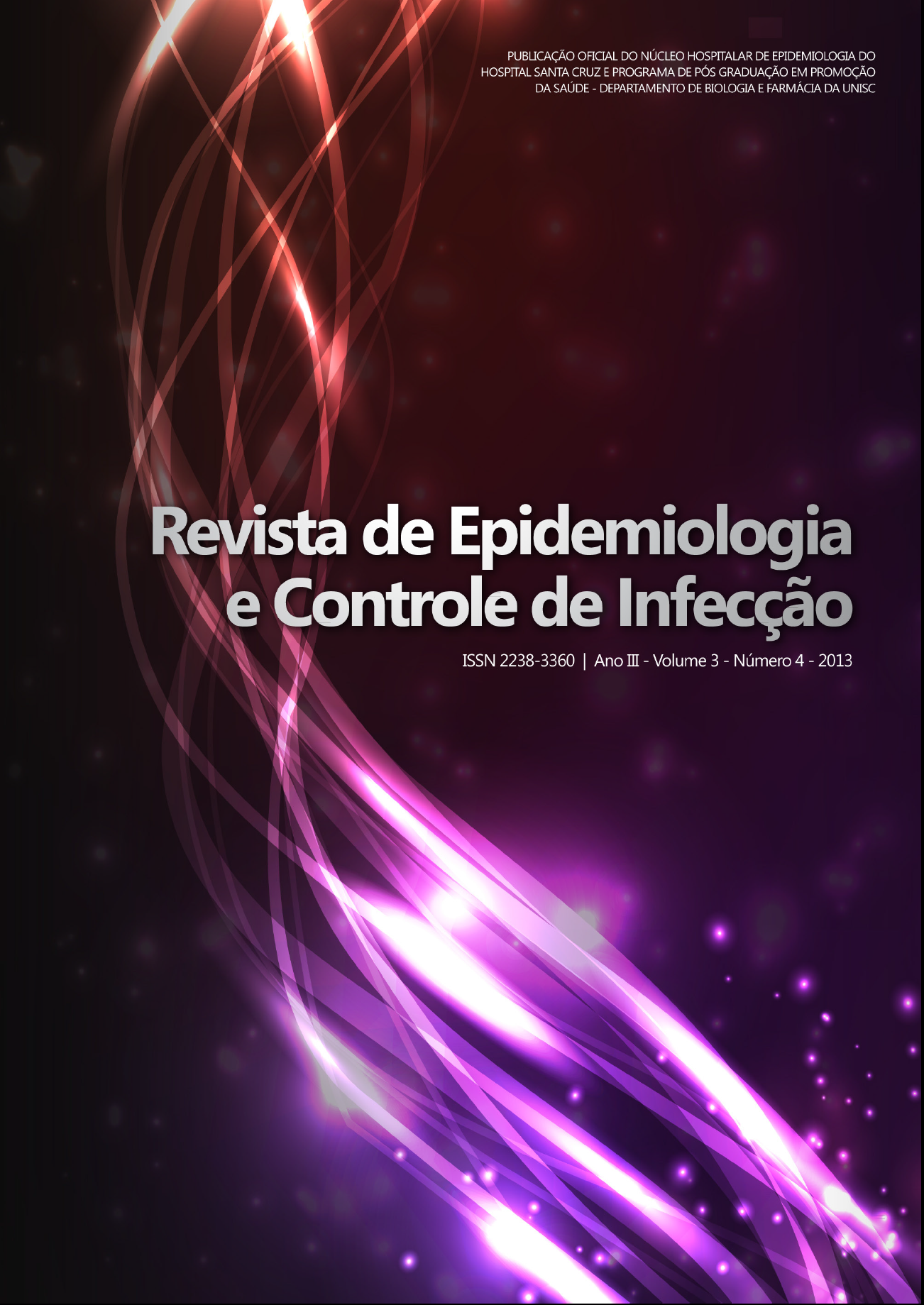Avaliação sorológica de HIV por técnicas de Elisa de quarta geração.
DOI:
https://doi.org/10.17058/reci.v3i4.3895Resumen
Justificativa e Objetivos: Desde a introdução, em meados da década de 1980, o teste de HIV melhorou gradualmente, em termos de sensibilidade e especificidade. Visando comparar duas metodologias de teste imunoenzimático (ELISA) de 4ª geração para identificação do vírus da imunodeficiência humana (HIV) foi realizado um estudo das técnicas utilizadas em um centro hemoterápico para sua determinação. Métodos: estudo retrospectivo descritivo das técnicas de ELISA de 4ª geração, onde foram analisados todos os resultados gerados a partir das amostras de sangue obtidas de doadores com idade de 16 a 68 anos conforme a legislação vigente, que compareceram a um banco de sangue regional no período de novembro de 2010 a outubro de 2011. Resultados: A partir de 8.475 amostras colhidas através da doação de sangue, 06 destas foram reagentes ou inconclusivas para testes de triagem, sendo então analisadas por um teste confirmatório, o Western Blot, onde dentre estas apenas uma foi confirmada como reagente para o vírus. Conclusão: Diversos fatores influenciam na positividade de amostras em triagens, tais como, tipo de teste utilizado, janela imunológica, o uso de antirretrovirais, além de fatores biológicos pessoais dos indivíduos infectados. A eficácia dos testes de triagem de HIV deve ser determinada e a metodologia aprimorada a fim de que se possa determinar com segurança a existência ou não de contaminação dos materiais derivados que serão utilizados posteriormente. São necessárias várias pesquisas para aprimorar cada vez mais os testes de triagem e dar a devida ênfase a fatores que se evidenciaram na distorção dos resultados.Descargas
##submission.downloads##
Publicado
Cómo citar
Número
Sección
Licencia
The author must state that the paper is original (has not been published previously), not infringing any copyright or other ownership right involving third parties. Once the paper is submitted, the Journal reserves the right to make normative changes, such as spelling and grammar, in order to maintain the language standard, but respecting the author’s style. The published papers become ownership of RECI, considering that all the opinions expressed by the authors are their responsibility. Because we are an open access journal, we allow free use of articles in educational and scientific applications provided the source is cited under the Creative Commons CC-BY license.


